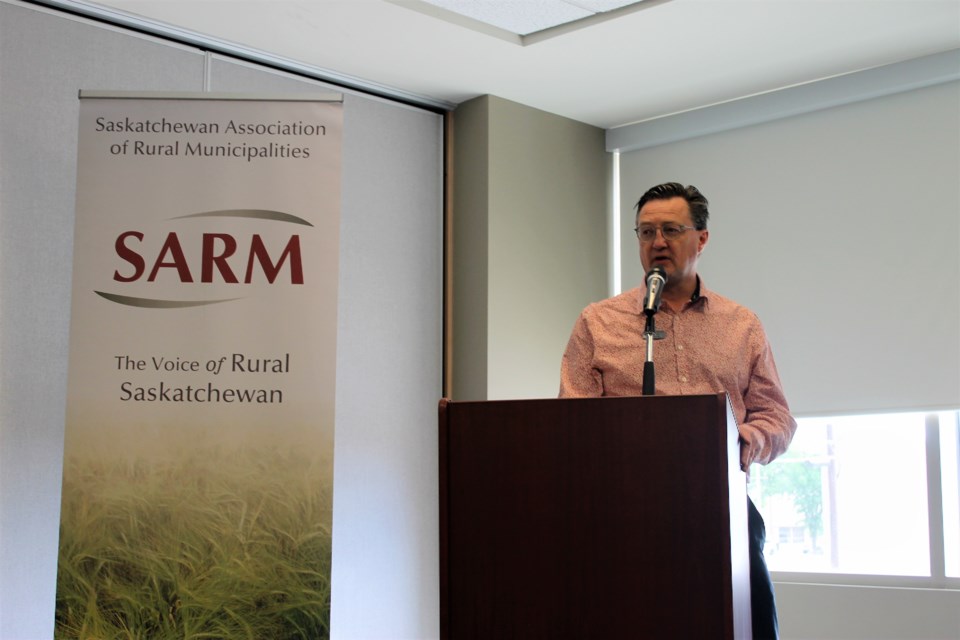Due to continued unresolved complaints, the Water Security Agency has reworked its policies surrounding water drainage applications to make the process easier for landowners and rural municipalities.
Bryan Oborne, manager of southeast regional services at the WSA, encouraged RM representatives to submit approvals for drainage projects at the recent Saskatchewan Association of Rural Municipalities Division 2 meeting on June 11 at Mosaic Place.
According to Oborne, addressing drainage problems is the key to protecting infrastructure for the future, even if it may impact things like roads in the present.
Proper drainage can reduce strain on a municipal budget in terms of construction costs for culverts, bridges, and so on.
Although this spring has thus far been a dry one, water drainage requires continued attention because it is a cyclical concern. Improper and unmonitored drainage can impact soil erosion, water quality, animal habitats, and other biological components.
The new approval system has been much quicker, although it requires a qualified individual to aid in putting together applications.
Landowners no longer have to provide a legal easement in order to receive approval for a drainage project; joint applications, written agreements, registered easements, and land titles or other proof of ownership will suffice.
The main focus of the new regulations is focusing on concerns about present and future impact of drainage, which are to be considered by landowners and RMs alongside the WSA,
The SARM meeting saw 13 RMs from throughout Division 2 represented during the discussion and is one of several divisional meetings SARM hosts through the year.
For more coverage of the topics discussed at the SARM meeting, click here and here.




